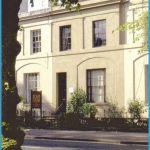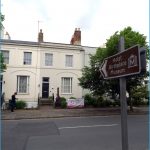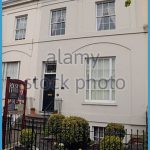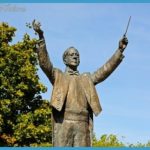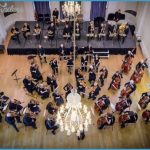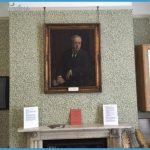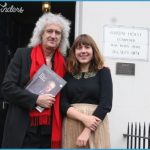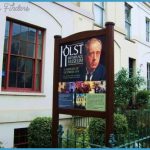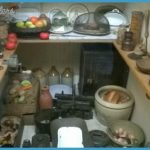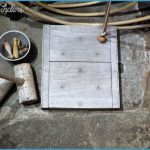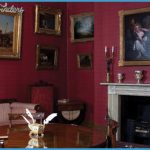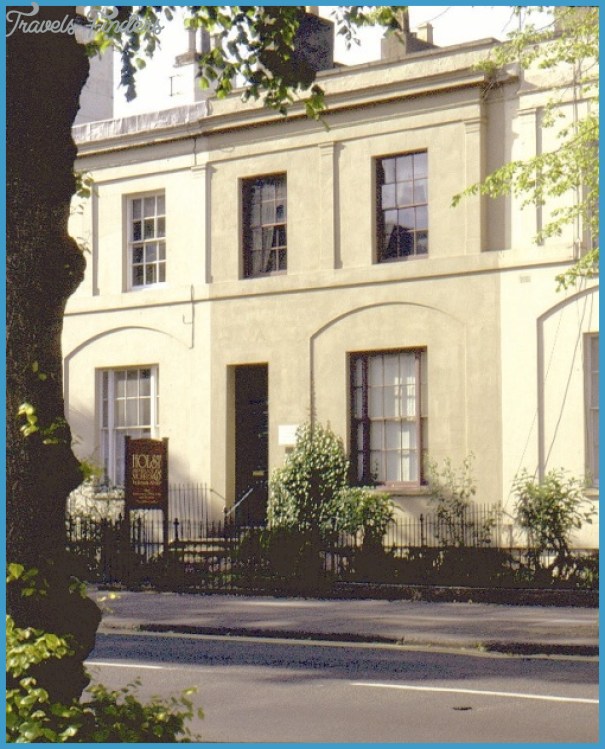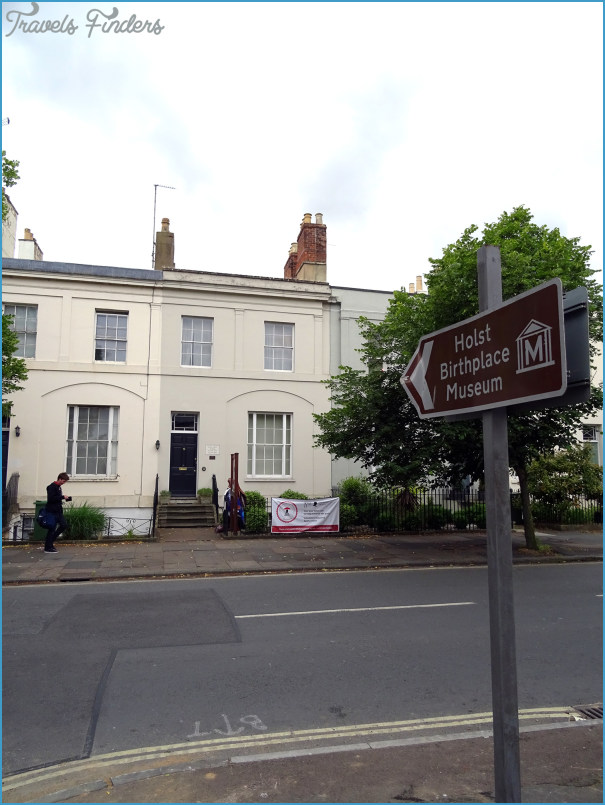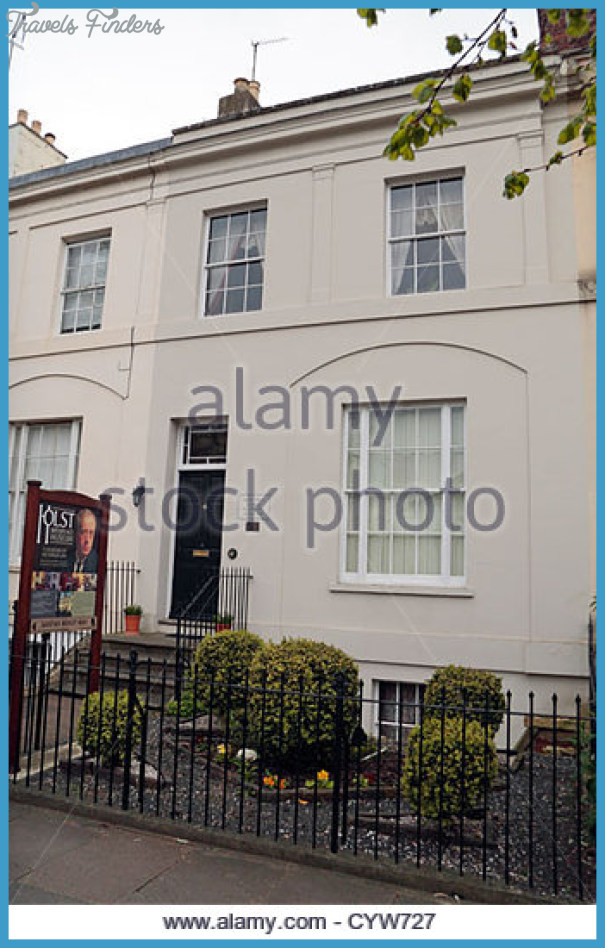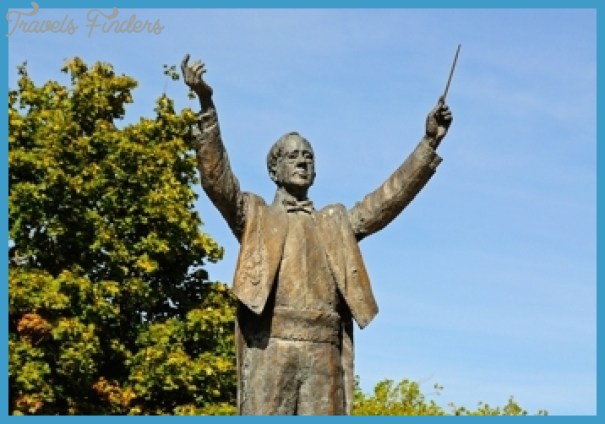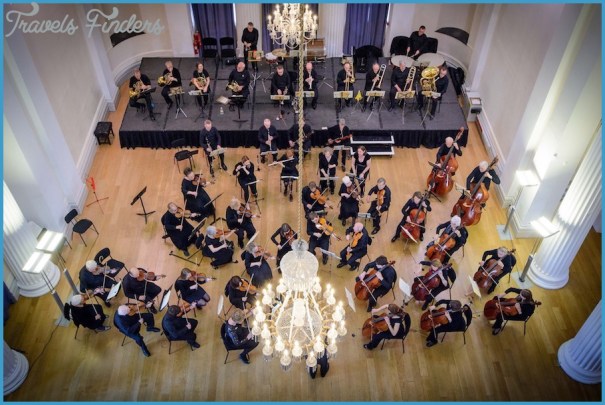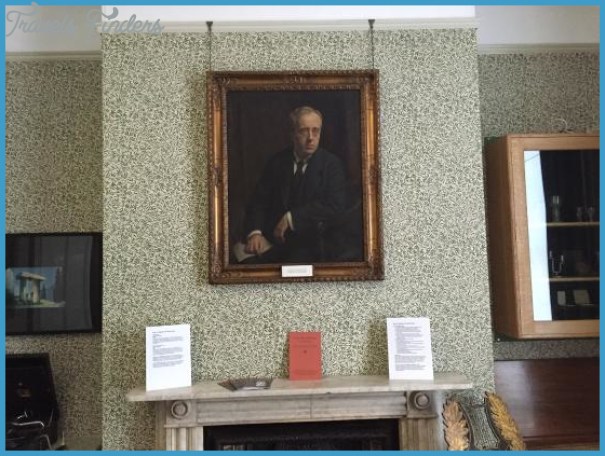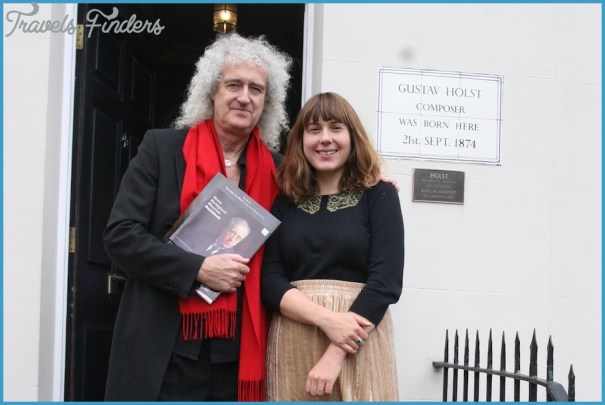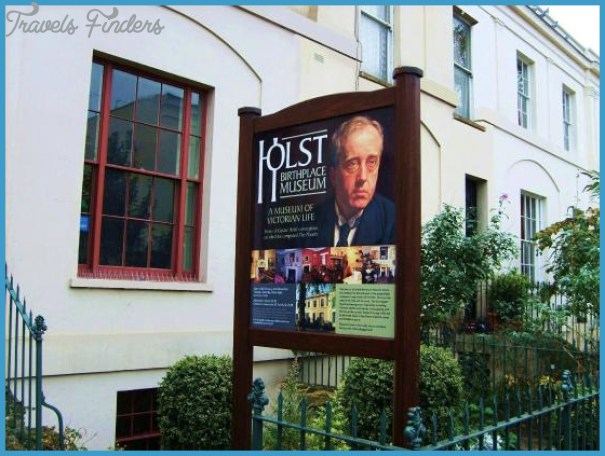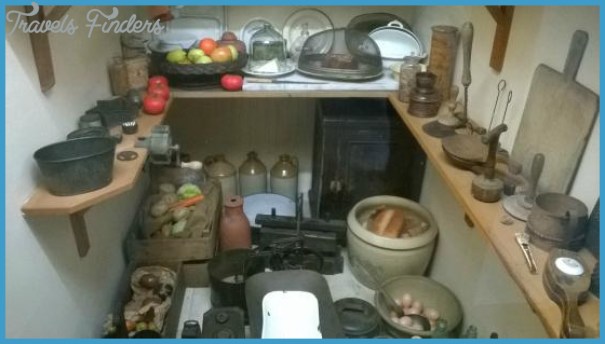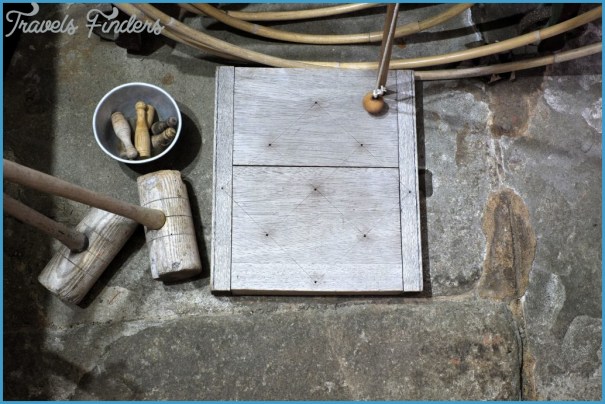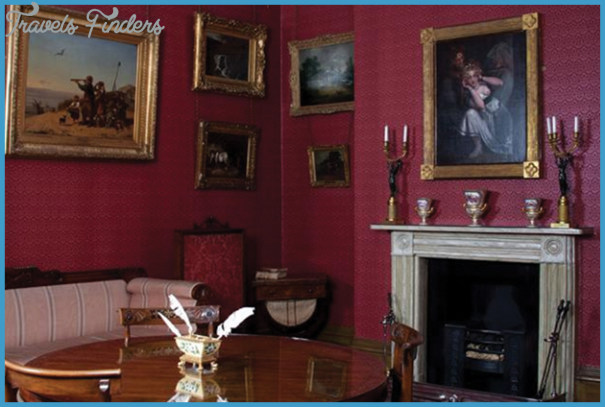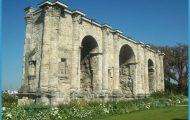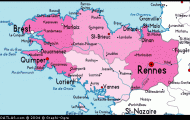HOLST MUSEUM
During the 1860s, the Lediard family lived in a pleasant Regency-style terraced house, built in 1832, in the leafy, prosperous Pittville district of Cheltenham, close to the Pump Room where fashionable visitors to the spa came to take the waters. In 1871 a daughter of the family,
Clara, married her piano teacher, Adolph von Holst. Adolph’s father, Gustavus, had come to England from Latvia in infancy with his father, Matthias; all these Holsts had been musicians, and Gustavus and Adolph were teachers of the piano or the harp in the fashionable homes of the spa town. Gustav Holst and his younger brother Emil, later the actor Ernest Cossart, were born in the Lediard house, but they did not live there for long: in 1882 Clara Holst died, and Adolph and his two boys moved out soon after.
Adolph von Holst was organist at All Souls’ Church, nearby, and his son played there too. Gustav began composing when he was a pupil at Cheltenham Grammar School and in 1893 moved to London, initially to study at the Royal College of Music. He never again lived in Cheltenham. In June 1901 he married; his daughter Imogen, herself a composer as well as her father’s biographer, was born six years later (she died in 1984). It was through Imogen’s filial piety that the Holst Birthplace Museum was set up, in 1975, in the wake of her father’s centenary: she prevailed upon the local council to buy the house and gave Cheltenham the family relics in her possession which provide much of the display material, as well as a documentary archive of music, letters and photographs.
The Holst Birthplace Museum is more than a composer commemoration: it also serves as a museum of 19th-century English family life, and thus evokes much.
HOLST MUSEUM Photo Gallery
The Holst Birthplace Museum, Cheltenham of the world of Holst’s own childhood there. Holst himself is commemorated in the open pair of ground-floor reception rooms. The William Morris willow-pattern wallpaper acknowledges Holst’s connection with the Morris circle: it was at Morris’s house that Holst conducted rehearsals of the Hammersmith Socialist Choir, and where he met his wife Isobel, a soprano in the choir. On the walls are information boards and there is a fine, rather austere late portrait by Bernard Munn. Centrally in the front room stands the piano that Holst acquired in 1913 and on which he is believed to have composed part of The Planets (1914-16), at his house in Thaxted in Essex (see p.63). Around it are an upholstered chair, a music stand and a display case with some small personal possessions. The Cheltenham Art Gallery and Museum curators who furnished the museum took great care in integrating the two functions of personal commemoration and social history. Holst family portraits and pictures painted by his great-uncle Theodore, a pupil of Fuseli, hang in the first-floor parlour, decorated in an earlier Regency style, with a square piano and a harp displayed. This elegant room must evoke the homes in which the senior Holsts taught. The bedroom adjacent to the parlour is thought to be the room in which Gustav was born, on 21 September 1874, and is furnished accordingly. The attic is decorated as an Edwardian nursery, with a small bedroom for a nanny nearby in the eaves. In the basement is a kitchen, with laundry, storage, scullery and maid’s room, used for demonstrations, wash and cook’ days for the local children, Victorian-style tea parties and workshops in Victorian crafts. Holst’s own philosophy of learning by doing’ is aptly applied. Holst divided his life between Thaxted, where from 1916 he organized music festivals, and a house by the Thames in Mortlake (now marked by a plaque), not far from the newly established St Paul’s Girls’ School in Hammersmith where he was director of music from 1905 until his death on 25 May 1934, and for which he wrote the eponymous suite. In March 1927 Cheltenham honoured him with a festival in which the Birmingham Orchestra under Adrian Boult performed several of his works, and Egdon Heath had its premiere there the following year. But visitors to Cheltenham today will search in vain for a statue or a bust, or even a street named in his honour.
Holst is warmly remembered in the commemoration of his friend Ralph Vaughan Williams at the Gloucestershire parish church of Down Ampney, not far away, and at the Surrey Performing Arts Library at the Denbies vineyard at Dorking (see Vaughan Williams). The borrowing library at the School for Advanced Musical Studies at Snape Maltings, near Aldeburgh, is known as the Holst Library: it was established with a bequest from Imogen Holst, who was Britten’s amanuensis from 1952 until 1964. There are Holst rooms both at St Paul’s Girls’ School, in a sound-proof wing added specially so that he could compose in peace, and at Morley College, where he also taught for many years. His ashes are interred, as he requested, in Chichester Cathedral.

